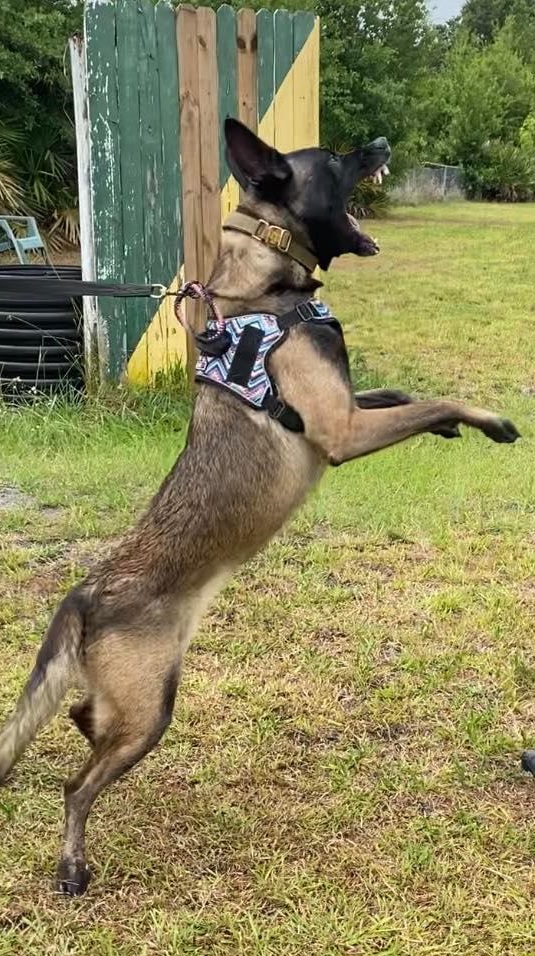Dog Bite Prevention!
By Dr. Soderberg, DVM – ZimmVet – (763)856-4848

Dog bites pose a serious health risk to our communities and society. More than 4.5 million people are bitten by dogs each year in the United States, including more than 800,000 who receive medical attention for their injuries. More than half of those bitten are children.
Reasons a dog could bite:
- Dogs bite for a variety of reasons, but most commonly as a reaction to something.
- If the dog finds itself in a stressful situation, it may bite to defend itself or its territory. They can bite to protect something that is valuable to them, like their puppies, their food or a toy.
- Dogs can bite because they are scared or have been startled. They can bite because they feel threatened.
- Dogs might bite because they aren’t feeling well. They could be sick or sore due to injury or illness and might want to be left alone.
- Dogs also might nip and bite during play. Even though nipping during play might be fun for the dog, it can be dangerous for people.
- It’s a good idea to avoid wrestling or playing tug-of-war with your dog. These types of activities can make your dog overly excited, which may lead to a nip or a bite.
Preventing Dog Bites:
- Socialization is a good way to help prevent your dog from biting. Socializing your pet helps your dog feel at ease in different situations. Introducing your dog to people and other animals while it’s a puppy makes it feel more comfortable in different situations as it gets older. It’s also important to use a leash in public to make sure that you are able to control your dog.
- Responsible pet ownership builds a solid foundation for dog bite prevention.
- Carefully select the dog that’s right for your family
- proper training, regular exercise, and neutering or spaying your pet.
- Educate yourself and your children about how, or whether, to approach a dog.
- It’s important to know how to avoid escalating risky situations and to understand when you should and should not interact with dogs. Some risky situations include, but are not limited to:
- If the owner does not give permission to pet the dog, they are barking or growling, or if the dog appears to be hiding or seeking alone time.
- The dog is on the other side of a fence.
- If a dog is sleeping or eating, or playing with a toy.
- Sick or injured.
- Reading a dog’s body language also can be helpful. Just like people, dogs rely on body gestures, postures and vocalizations to express themselves and communicate. While we can’t always read a dog’s body language accurately, it can give us helpful clues as to whether a dog is feeling stressed, frightened, or threatened.
If you would like to learn more ways to make your pet into a well socialized good citizen please see /blog/make-puppies-into-good-citizens-2/
More information:
If you have been bitten by a dog and the dog’s owner is present, request proof of rabies vaccination, and get the owner’s name and contact information. Clean the bite wound with soap and water as soon as possible and consult your doctor immediately or go to the emergency room if it’s after office hours.
Please visit https://www.avma.org/resources-tools/pet-owners/dog-bite-prevention for more information of Dog bite prevention.


